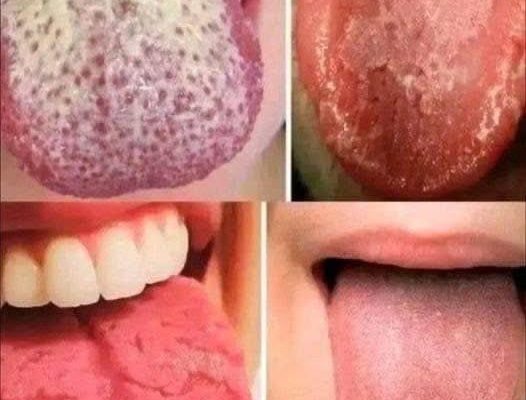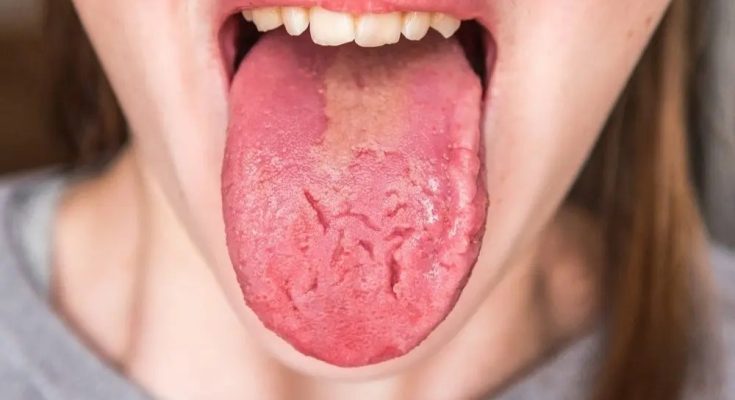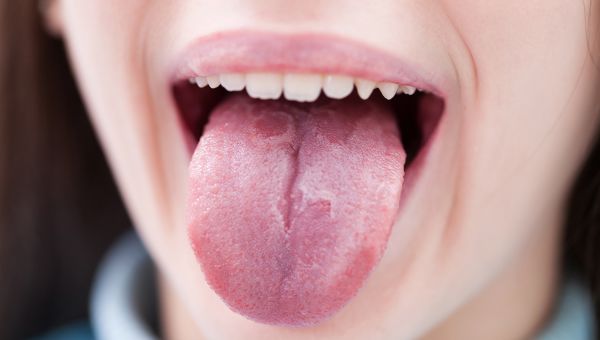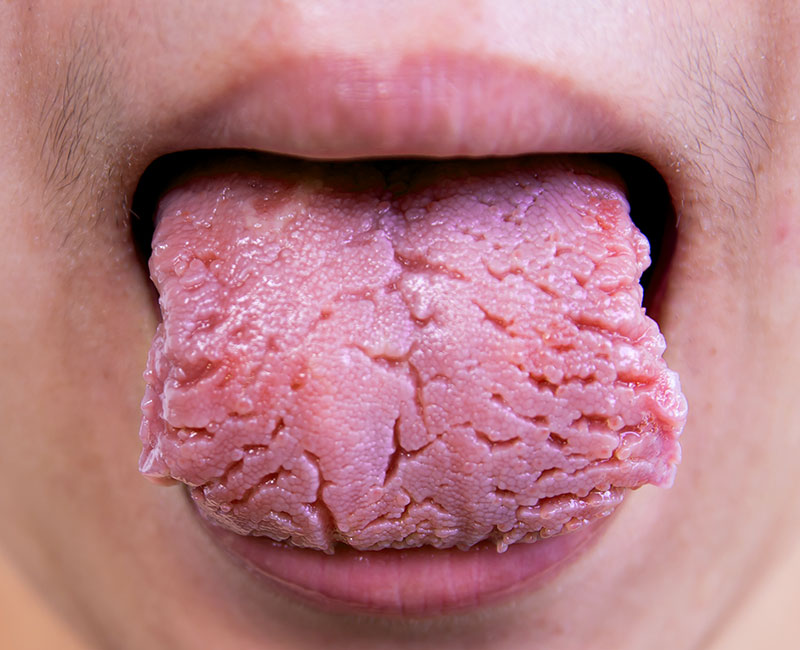What Your Tongue Reveals About Your Health: Surprising Clues You Shouldn’t Ignore –
Decoding Your Tongue: A Guide to Understanding Your Health
Your body communicates with you in subtle ways, often long before noticeable symptoms arise. One often-missed indicator of your overall well-being? Your tongue. This seemingly simple organ can reveal a surprising amount about your internal health, offering clues about everything from digestion to circulation. This comprehensive guide explores what your tongue’s appearance might be telling you, and when it’s time to seek professional advice.
Understanding a Healthy Tongue
The Hallmark of Health
A healthy tongue presents as a pleasing pink hue, soft to the touch, and lightly coated with a nearly transparent, thin white film. Its surface should feel slightly rough due to the papillae – those tiny taste bud-containing projections – and it should move freely without pain or restriction. If your tongue matches this description, it’s generally a positive sign that your digestive and circulatory systems are functioning well.
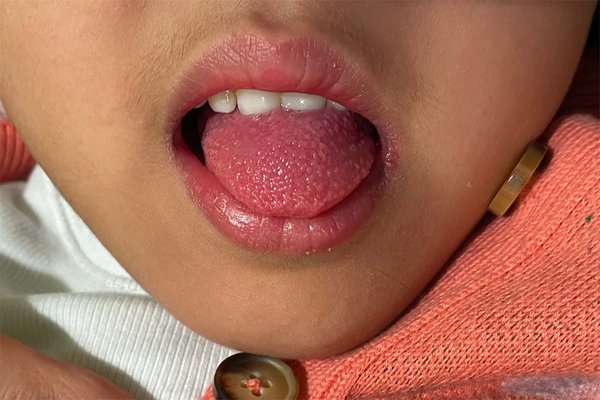
Interpreting Tongue Signals: A Comprehensive Guide
Your tongue’s appearance can subtly shift, revealing potential underlying health concerns. Let’s explore some common variations and their possible interpretations:
Swollen Tongue with Tooth Marks: A Digestive Dilemma?
Notice scalloped edges or indentations mirroring your teeth? In Traditional Chinese Medicine (TCM), these “molar marks” often suggest fluid retention or a sluggish metabolism. This may indicate a digestive imbalance.
Addressing the Issue:
- Gentle Digestion: Avoid icy drinks, which TCM believes can hinder digestion. Opt for warm, easily digestible foods.
- Boosting Gut Health: Consider incorporating probiotics or digestive enzymes if you experience persistent bloating or discomfort.
A Red Alert: Excess Heat or Underlying Issues?

An unusually red tongue, particularly if smooth, may signal “excess heat” within the body (according to TCM). This can be linked to:
- Stress Overload: Chronic stress takes a toll.
- Sleep Deprivation: Insufficient rest impacts your body’s balance.
- Emotional Strain: Anxiety and irritability can manifest physically.
- Nutritional Deficiencies: Low levels of B12 or iron can also contribute.
Inflammation or fever could also be indicated, depending on other symptoms.
Taking Action:
- Dietary Adjustments: Limit spicy foods, alcohol, and caffeine.
- Stress Management: Incorporate relaxation techniques like deep breathing or yoga.
- Nourishing Choices: Prioritize hydration and anti-inflammatory foods like leafy greens, cucumbers, and berries.
Purple Tongue: A Circulation Concern?
A purplish or dark tongue can hint at poor blood circulation or oxygen deficiency. This may stem from:

- Sedentary Lifestyle: A lack of physical activity can impair circulation.
- Chronic Fatigue: Persistent tiredness can be a significant factor.
- Cardiovascular Issues: Underlying heart problems could be a contributing factor.
Additional symptoms, such as migraines, leg cramps, and cold extremities, might accompany this tongue coloration.
Improving Circulation:
- Gentle Movement: Engage in regular cardiovascular exercise, like walking or swimming.
- Blood Flow Enhancement: Try stretching or massage to improve blood flow.
- Nutritional Support: Ensure you’re getting sufficient iron and vitamin E.
- Seek Immediate Medical Attention: If you experience chest pain, dizziness, or shortness of breath, consult a doctor immediately.
Cracked or Fissured Tongue: Hormonal Shifts and Beyond
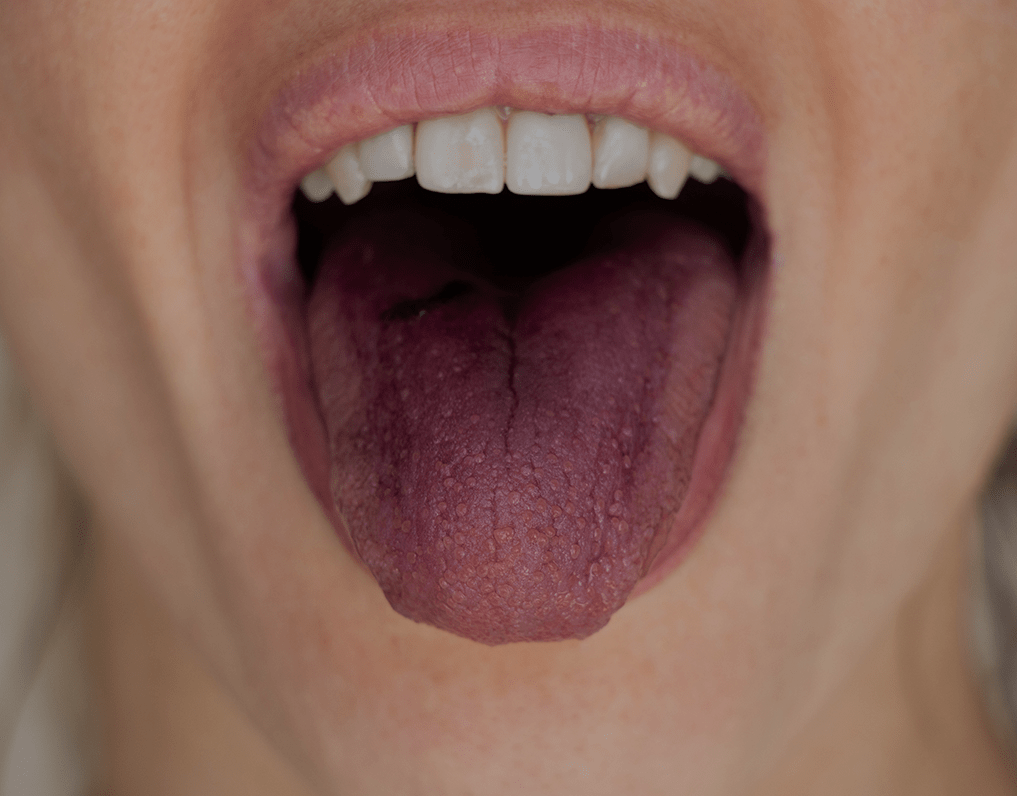
While fine cracks can naturally occur with age, they’re particularly common during menopause or other hormonal changes. TCM links this to excess heat and dryness, often exacerbated by stimulants or dehydration.
Managing Cracked Tongues:
- Hydration and Moderation: Reduce alcohol and coffee consumption, and stay well-hydrated.
- Moisturizing Foods: Include moisture-rich foods like pears, melons, and soups in your diet.
- Medical Evaluation: Painful, bleeding cracks, or a burning sensation warrant a medical evaluation to rule out conditions like geographic tongue or Sjogren’s syndrome.
Pale Tongue: Anemia and Beyond
An unusually pale tongue might signify anemia or a general deficiency in blood or “qi” (energy, in TCM). It can also point to nutrient deficiencies or exhaustion.
Addressing Pallor:
- Iron-Rich Diet: Include iron-rich foods like red meat, lentils, and spinach.
- Vitamin C Enhancement: Vitamin C boosts iron absorption.
- Blood Tests: If fatigue persists, get blood tests to check for iron or B12 deficiency.
When to See a Doctor
Most tongue changes are temporary and benign, but some signs require professional attention:
- Persistent white patches: These might indicate fungal infections or precancerous changes.
- Painful ulcers lasting over two weeks: Persistent sores could be indicative of various issues.
- Sudden color changes: Changes not related to diet or medication.
- Bleeding: Unexplained bleeding from the tongue.
- Swelling or lumps: These warrant immediate medical attention.
Maintaining a Healthy Tongue: Practical Tips
Good oral hygiene is paramount for a healthy tongue. Here’s how to keep it in tip-top condition:
- Daily Tongue Cleaning: Brush your tongue daily with a toothbrush or tongue scraper.
- Hydration is Key: Stay well-hydrated to maintain moisture and circulation.
- Avoid Irritants: Limit smoking and excessive alcohol consumption.
- Regular Dental Checkups: Regular visits to your dentist are vital.
- Balanced Diet: Nourish your body with a balanced diet rich in vitamins and minerals.
Final Thoughts
Your tongue offers valuable insights into your overall well-being. By observing its color, texture, and any changes, you can gain a better understanding of your health and take proactive steps to address any potential imbalances. While some changes are normal, others might signify more serious conditions. Don’t hesitate to seek professional advice if you have any concerns. Your tongue is a window to your health – pay attention to what it’s telling you!
